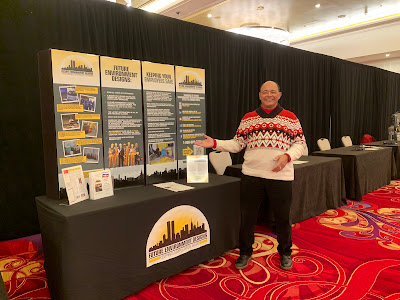On August 18, 2007, a fire at the former Deutsche Bank Headquarters located in Manhattan, New York claimed the lives of two New York City firefighters. After the fire, the Occupational Safety and Health Administration (OSHA) inspected the site and issued citations to Bovis Lend Lease, John Galt Corp., and Paradise Energy Electrical Contractors. These contractors were responsible or involved with the demolition and asbestos abatement work on the buildings. Bovis Lend Lease was being fined $193,000, John Galt Corp. was being fined $271,500, and Paradise Energy Electrical was being fined $6,250. OSHA found the following hazards at the worksite:
- Failing to inspect and maintain firefighting equipment to ensure that the standpipe system was operational and that sufficient water supply and presuure were available for firefighting
- Obstructed emergency exit access (including sealed emergency stairwells, emergency stairwells blocked by construction, and unlighted stairwells)
- Inadequate emergency escape procedures
- Unmarked exits
- Lack of fire extinguishers, emergency alarm procedures, and fire cutoffs
- Failing to develop and follow a fire protection program
- Smoking permitted in work areas
- Temporary structures inside the building made of combustible materials
- Scaffolds erected too close to power lines
- Unprotected sides and edges of work areas, unprotected floor openings, missing or broken guardrails, and missing stair rails
- Exposed live electrical parts, electrical panel boards in wet locations, and other electrical hazards.
Several of these items are reminders for abatement contractors and consultants, building owners, facility managers, general contractors, and project management firms. There are several OSHA regulations that apply to asbestos abatement, other than 1926.1101, and they require:
- That temporary structures, such as the decontamination facility, must be constructed of non-combustible materials such as fire retardant wood.
- Exists must be marked and alternate exits established. For example, using fluorscent paint to mark exits and designate alternate pathways.
- Construct blocked fire exits so workers could still use them. For example installing knives near the exists so workers can cut the poly, and construct kick-out panels to access the fire exits.
- Install a fire extinguisher (rated at least 2A) per 3000 square feet of protected building area. Install sufficient fire extinguishers so that the distance traveled shall not exceed 100 feet. At least one fire extinguisher shall be located adjacent to the stairway.
- Develop and follow a fire protection program that includes: the preferred method for reporting fires and other emergencies; evacuation policy and procedures; emergency escape procedures and route assignments, such as floor plans, workplace maps, and safe or refuge areas; names, titles, departments, and telephone number of individuals both within and outside your company to contact for additional information or explanation of duties or responsibilities under the emergency plan; procedures for employees who remain to perform or shut down critical operations, operate fire extinguishers, or perform other essential services that cannot be shutdown for every emergency alarm before evacuating; and rescue and medical duties for any workers designated to perform them.
New York State Department of Labor mentioned at the PACNY conference that there might be some changes in the future based on the information gathered from this tragedy. From OSHA's press release we can learn some of these lessons now and apply them to our current projects. Should you need any assistance with developing these programs or plans, you can contact us, and we can assist you.



